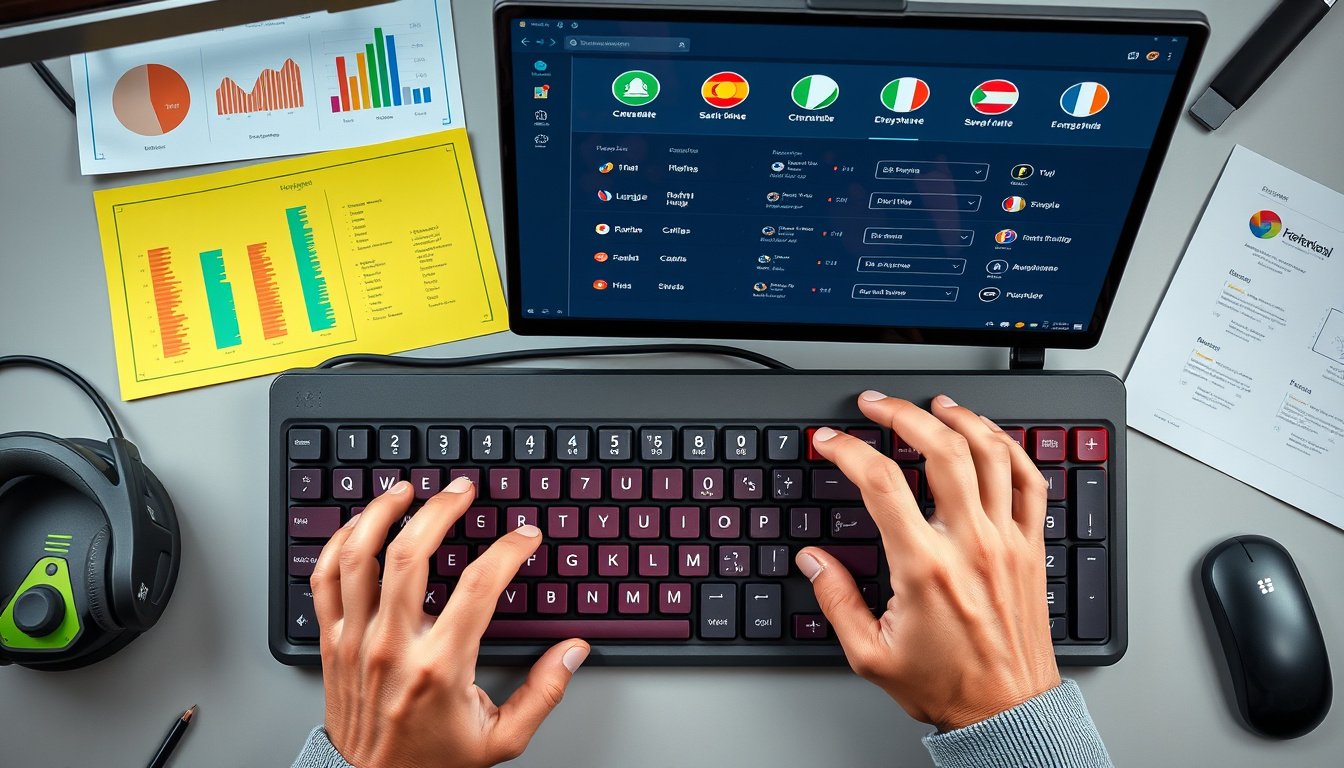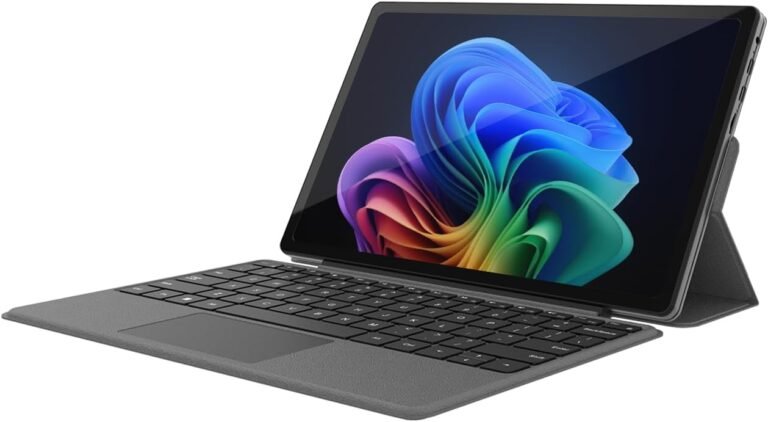
In our increasingly globalized and digital world, the ability to customize keyboard language settings can significantly enhance your productivity and communication. Whether you’re typing in multiple languages, need to switch keyboard layouts often, or simply want to tailor your device to your preferred language, mastering how to customize these settings is essential. 
This guide walks you through the essentials of managing keyboard language settings on Windows devices, ensuring a seamless and efficient typing experience.
Why Customize Keyboard Language Settings?
Customizing keyboard language settings allows you to:
- Type in multiple languages without hassle.
- Switch keyboard layouts suited for different alphabets and symbols.
- Improve accuracy in language-specific typing, including accents and special characters.
- Enhance accessibility by adapting keyboard input to your needs.
- Streamline workflows, especially if you frequently use various languages for work or communication.
Step-by-Step Guide to Customizing Keyboard Language Settings on Windows
1. Check Installed Languages
Before adding or customizing languages, verify the languages currently installed on your device:
- Open Settings by clicking the Start menu and selecting the gear icon or pressing Windows + I.
- Navigate to Time & Language > Language & Region.
- Under the Language section, view all installed languages.
This interface also displays keyboard layouts tied to each language.
2. Install New Language Packs
If your preferred language is not listed, follow these steps to add it:
- Go to Settings > Time & Language > Language & Region.
- Click on Add a language next to Preferred languages.
- Use the search bar or scroll to find the language you want.
- Select the language and click Next.
- Choose optional features such as the language pack, text-to-speech, or speech recognition if desired.
- Click Install and wait for the download and installation to complete.
Note: The device must be connected to the internet during this process.
3. Add and Manage Keyboard Layouts
Different languages may support multiple keyboard layouts (e.g., QWERTY, AZERTY, or language-specific layouts). To customize layouts:
- From Settings > Time & Language > Language & Region, click the three dots (…) next to your preferred language and select Language options.
- Under Keyboards, click Add a keyboard.
- Select the desired keyboard layout from the list.
- To remove unwanted layouts, select the layout and choose Remove.
4. Switch Between Keyboard Languages and Layouts
Once multiple languages or keyboard layouts are set up, you can easily switch between them:
- Use the Language Bar, usually located on the taskbar near the clock, displaying the current language abbreviation (e.g., ENG for English).
- Click the language abbreviation and select the desired language or keyboard layout.
- Alternatively, use keyboard shortcuts:
- Press Alt + Shift to toggle between languages.
- Press Windows + Spacebar to cycle through keyboard layouts directly.
If the Language Bar isn’t visible:
- Go to Control Panel > Clock, Language, and Region > Change input methods.
- Click Advanced settings.
- Under Switching input methods, check Use the desktop language bar when it’s available.
- In the Language Bar tab, select Docked in the taskbar or Floating on Desktop.
5. Change Windows Display Language (Optional)
The Windows display language affects system menus, settings, and applications:
- Ensure the desired language pack is installed.
- Open Settings > Time & Language > Language & Region.
- Under Windows display language, select your preferred language.
- You will be prompted to sign out and back in to apply changes.
Warning: Changing the Windows display language may automatically change the keyboard layout to match the selected language. Be mindful of this, especially at the sign-in screen, to avoid input errors when entering your password.
Tips for a Smooth Typing Experience
- Insert Symbols Without Switching Layouts: If you only need occasional special characters, you can insert symbols via character map tools or Office’s symbol insertion features without switching keyboard layouts.
- Use Native Keyboard Layouts: For languages with non-Latin alphabets (e.g., Arabic, Chinese, Russian), native keyboard layouts improve typing accuracy and efficiency.
- Regularly Update Language Packs: Keep language features up to date for the best experience, especially speech and handwriting input.
- Customize Keyboard Shortcut Preferences: You can adjust or disable shortcut keys for language switching in advanced keyboard settings if conflicts arise.
Final Thoughts
Customizing your keyboard language settings is a powerful way to tailor your computer to your linguistic and input preferences, promoting greater productivity and comfort. Windows provides comprehensive tools to add, remove, and switch between languages and keyboard layouts easily. By following the steps outlined in this guide, you can unlock a smooth, multilingual typing experience that adapts perfectly to your needs.
Embrace the multilingual potential of your device and enjoy typing in your language of choice with confidence and ease!









